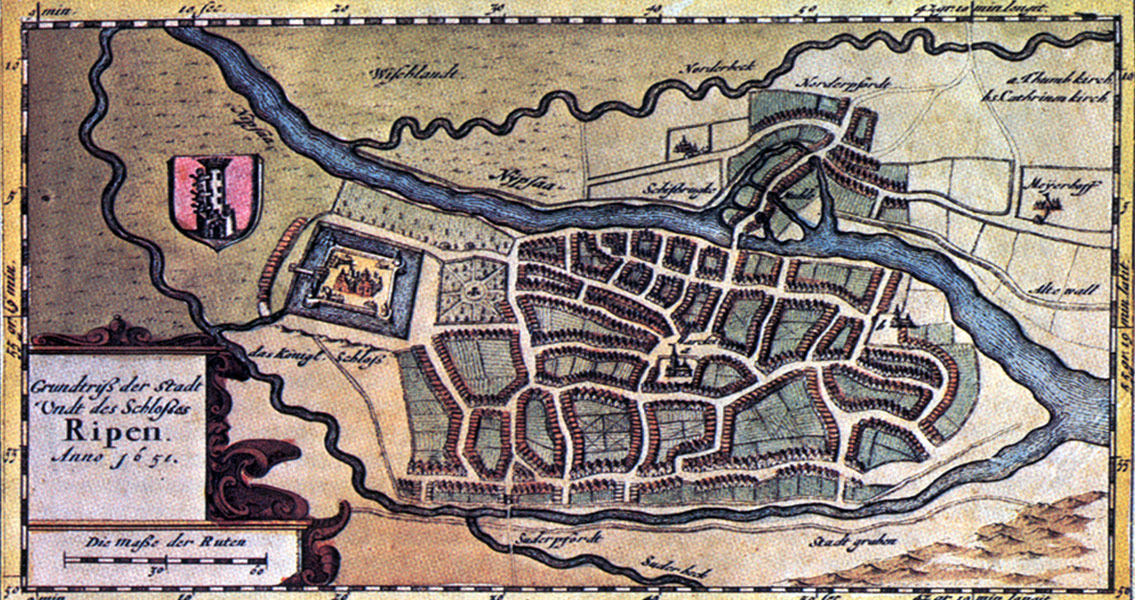<![CDATA[A new study conducted by researchers at Aarhus University shows that the town of Ribe in Denmark may be even older than previously thought. Ribe was already believed to be the oldest town in Denmark. Now, it seems it may be nearly 100 years older than previously purported. Initially, Ribe was believed to have been founded in Southwest Jutland during the late eighth century, thus making it the oldest town in all of Scandinavia. The study suggests that Ribe was not founded in the late eighth century however, but in the very early 700s. Sarah Croix, the study's author, stated in an interview with Videnskab that "Ribe is the place urbanisation started in Scandinavia. If Ribe did begin as a city in the early 700s, then it was long before the Vikings and thus casts new light on our understanding of the period." Previous research had indicated that the town initially operated as a transient, single stop port-town and trading center. However, Croix's research points to a significantly more permanent status for many residents in the area, implying the existence of a more urbanised society by the early 700s. Croix's study revolves around an archaeological excavation performed during the years of 1985 and 1986; whose archaeological head, Stig Jensen, passed away before his results could be properly analysed. Consequently, the results were catalogued away and forgotten for over 20 years. Croix took it upon herself to crack open Jensen's untouched data and perform an analysis of the objects the earlier study had recovered. Croix's findings revolve around an ancient housing structure on St Nicholas Street, as well as tools such as millstones, found in or near the building. The tools show the wear and tear involved in the maintenance and upkeep of a permanent residence. According to Dagfinn Skre, a professor at the Museum of Cultural History in Oslo, Croix's study of the housing assembly "shows it is more solidly built than previously thought. It is important for it to be for permanent living." There are some problems with the study's information. It does not present sufficient evidence by itself for the archaeological community to accept Croix's theory of Ribe's earlier urbanisation. Croix has maintained her stance however, and continues the search for similar structures in the hope of finding another residence resembling the house on St Nicholas Street. In particular, Croix hopes to eventually find a house with an ancient fireplace, something that would strongly suggest a permanent resident of the house. Though the study is currently incomplete, many hope for new developments concerning this subject, so that the history of Denmark, Scandinavia and Viking cultural history may be better understood. Photo Credit: Wikimidea Commons User: Johs. Meyer.]]>
Mysterious Town In Denmark May Be Older Than Previously Thought
